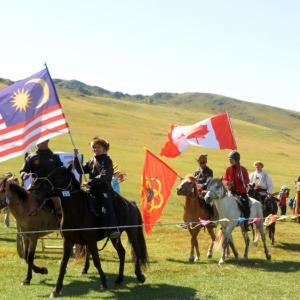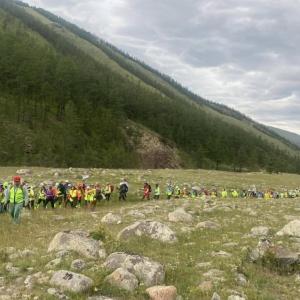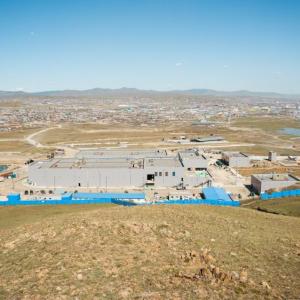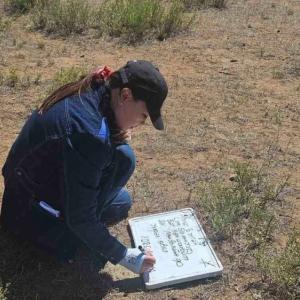A New Species of Ancient Mammals Discovered in Mongolia
Society
Ulaanbaatar, April 16, 2025 /MONTSAME/. A new species of ancient mammals that lived alongside dinosaurs about 90 million years ago during the Cretaceous period has been discovered in Mongolia for the first time.
The fast-moving, small-bodied animal has been named Ravjaa Ishii. While remains of this species have previously been found in parts of Europe, Asia, Africa, and North America, this marks the first time it has been discovered in Mongolia. The fossil was unearthed in the Bayanshiree Mountain of Dornogobi aimag. This finding offers new insights into the characteristics, climate, and geographical spread of Cretaceous-era mammals. Paleontological analysis of the animal's teeth revealed that Ravjaa was a small, mouse-like herbivore that chewed its food — though some of its relatives were carnivorous or insectivorous. The discovery of the mammal was the result of six years of research.
The discovery, named Ravjaa Ishii, is an important step toward a deeper understanding of the ecosystems and animal life of the Cretaceous period. The study was conducted in cooperation between the Institute of Paleontology at the Mongolian Academy of Sciences and the Okayama University of Science in Japan. From the Mongolian side, Scientific Researchers of the Institute of Paleontology Dr. Kh. Tsogtbaatar and B. Mainbayar took part in the research.
Researcher B. Mainbayar noted, “We first came across a cluster of bones in the Bayanshiree Mountain during a paleontological field expedition in Dornogobi aimag in 2019. After excavation and analysis, we determined that the remains belonged to a very small, herbivorous mammal. The discovery of this species in Mongolia marks an important step forward in understanding the origins of mammals. Typically, we present dinosaur findings to the public, so many people are already familiar with paleontology through those discoveries. But this time, we’re introducing an ancient mammal that once lived alongside the dinosaurs. This study allows us to take a more comprehensive look at the ecosystems of that era. Furthermore, by examining the distribution of this species, we can begin to reconstruct ancient geographical landscapes, trace migration routes, and uncover valuable information about where the species originated and how it spread.”
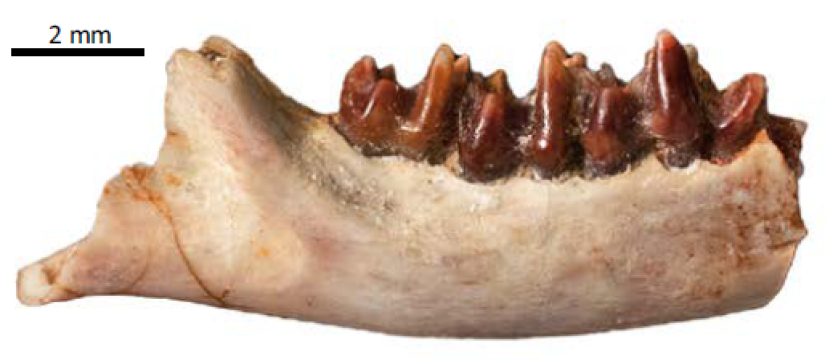

 Ulaanbaatar
Ulaanbaatar

































